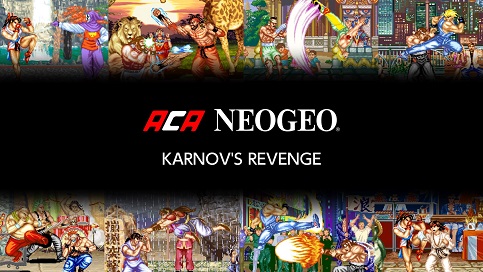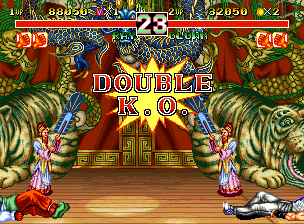Yeah, that's a statement I can get behind.
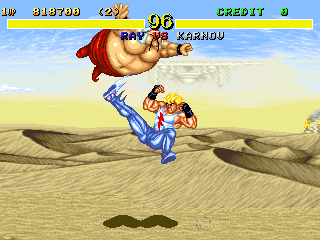
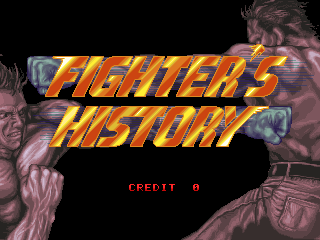
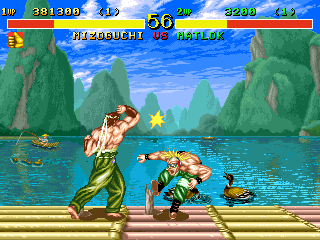



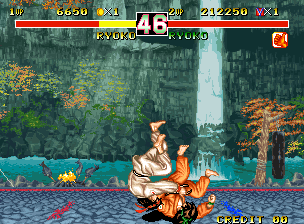
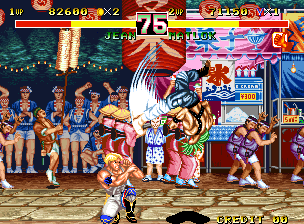
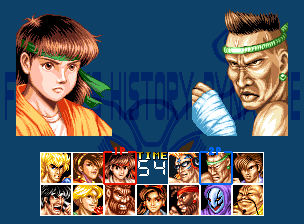

MCDOUGAL Country: USA Weakspot: Bolt on shirt A Los Angeles detective who wants to find a worthy opponent to battle.
| 
FEILIN Country: China Weakspot: Pauldrons An opera singer who hopes to prove herself on both the fighting circuit and the stage.
| 
KANO Country: Japan Weakspot: Headband A young judoka aiming for the 1996 Atlanta Olympics. Based on Ryoko Tani. |

JADE Country: England Weakspot: Headphones A punk rock musician planning to use the winnings to fund a worldwide tour for his band.
| 
TOMYAMGUN Country: Thailand Weakspot: Armpads A Muay Thai fighter who needs the fight money to look after his younger siblings.
| 
DIENDOU Country: China Weakspot: Knees A Bajiquan martial artist looking to defeat Karnov after he brutally beat his father many years ago. |

PIERRE Country: France Weakspot: Kneeband A perfectionist gymnast seeking to improve himself after getting a 9.98 score once.
| 
MIZOGUCHI Country: Japan Weakspot: Headband A bancho (delinquent) who is still in school despite being in his 20s (keeps being held back).
| 
MARSTORIUS Country: Italy Weakspot: Leg warmers A pro wrestler who wants to prove himself one last time before his glory fades. |

MUHABA Country: Kenya Weakspot: Headband An environmentalist utilising the Hokuto Shinkan Karate style seeking funds for his nature work.
| 
YUNGMIE Country: Korea Weakspot: Waist sash A Taekwando master looking for information about her missing parents. |

CLOWN Country: Unknown Weakspot: Clown mask A mysterious fighter who, like all clowns, is probably party to at least one murder.
| 
KARNOV Country: Russia Weakspot: Necklace Circus strongman, former envoy of Heaven and organiser of the Great Grapple Tournament.
| 
OX Country: Ox Weakspot: Horns He's an ox. |
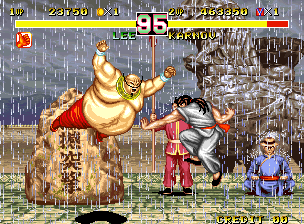
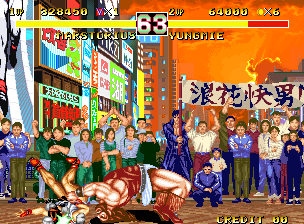
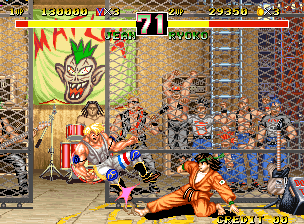
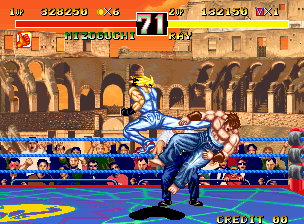
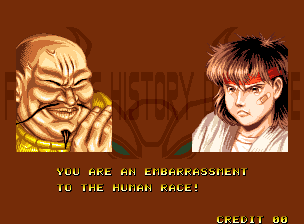
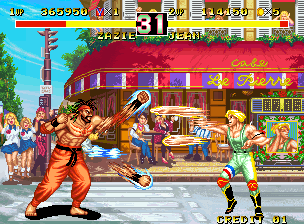

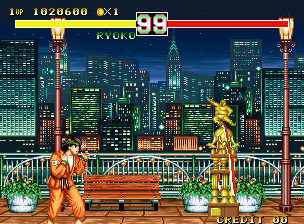
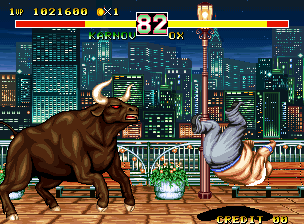
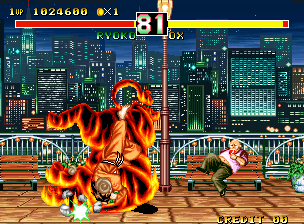
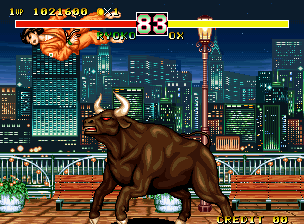
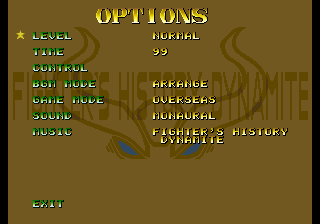
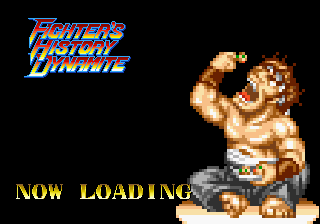
![Ah, I feel I need to apologise to Samchay. Didn't get enough screenshots of him in here.
[And yet you had a shot of a Ryoko mirror. - Ed]
I'm trying to turn her into a meme, you see.
[GIVE UP, IT'LL NEVER HAPPEN]](images/fhd/fhdsaturn3s.png)
